
Fans Bring New Life to a Tiki Treasure
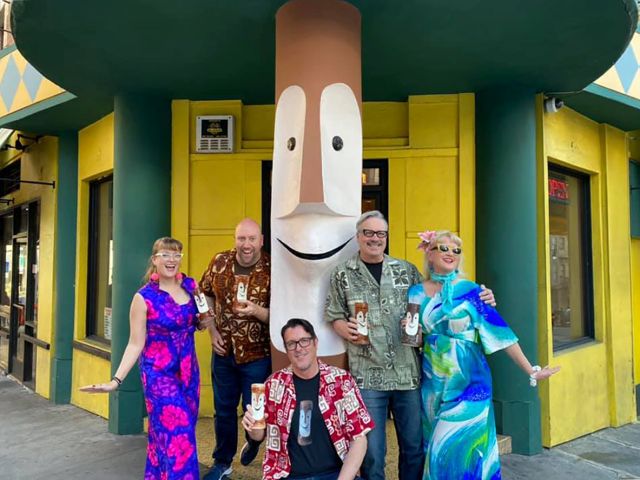 |
Tikis can be fierce, with bared teeth, protruding tongues, blazing eyes. Less often they can be easygoing, with thin, quiet, patient smiles.
Such a one is Tiki Bob, and he sure needed patience. Since 1983 Bob has suffered indignities, after losing his job as the eponymous guardian at San Francisco’s Polynesian-themed bar Tiki Bob’s.
The bar, at the corner of Post and Taylor Streets, was opened in 1955 by Bob Bryant. It was a much-loved institution – for strong drinks, exotic food, and sometimes risqué performances. Bob not only greeted customers but also helped hold the place up as a structural column in the doorway.
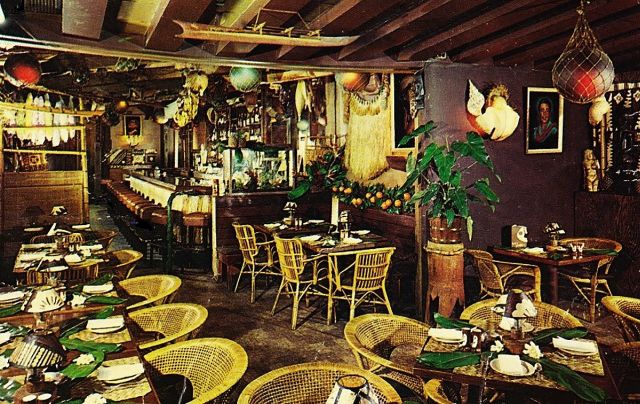 |
Donald Harvey walked by every day in the late 1970s when he was living nearby and studying at the Academy of Art College but never crossed the threshold. “I didn’t know what tiki was. I could kick myself,” he says.
But he does remember what happened to Bob after the bar shut in 1983. A succession of businesses operated there, keeping Bob in place but not affording him much respect.
“When Harold’s bookstore in the ‘80s was there, they put eyebrows and a bowtie on him. At one point they put eyeglasses on him,” Harvey says.
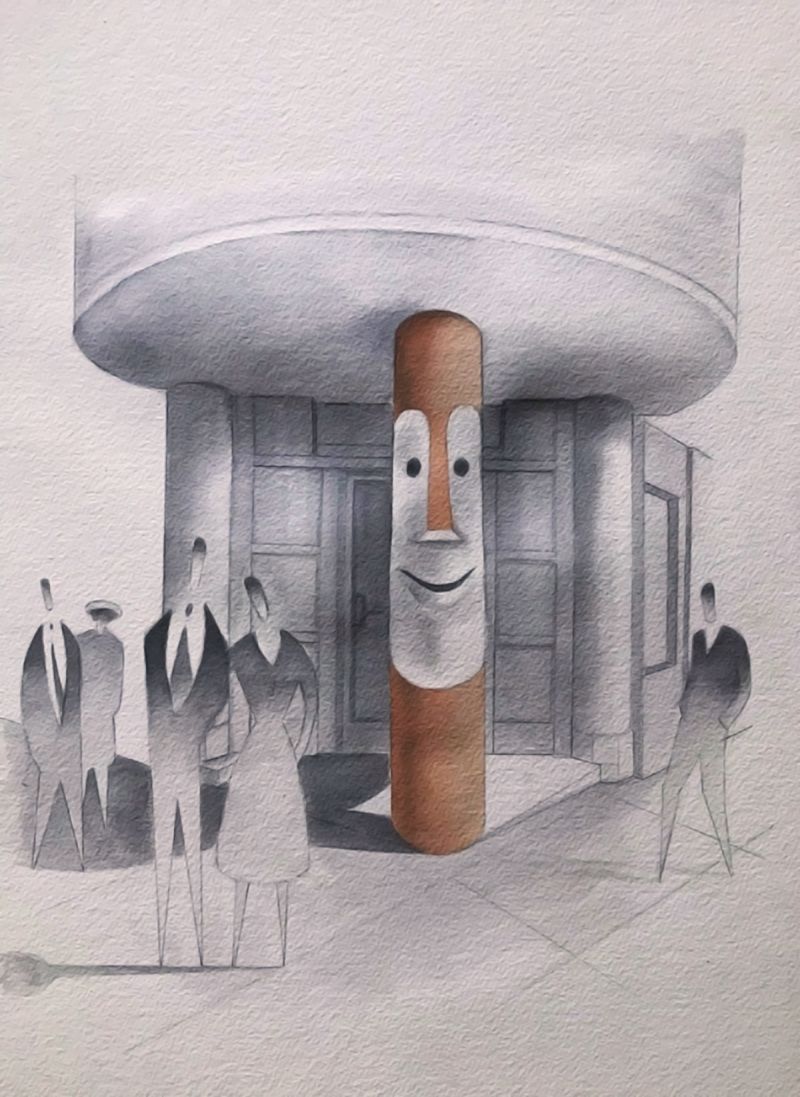 |
Yet historically Tiki Bob is one of the most important tikis of all – and one of the best known worldwide. That has less to do with the Tiki Bob bar and more to do with the face of the tiki himself.
And that’s got something to do with mid-century modern Bay Area architecture. It was the pioneering San Francisco modernist and bon vivant Gardner Dailey who redesigned the interior of Trader Vic’s for his friend Vic Bergeron in 1951. Bob Bryant worked at Trader Vic’s before opening his own place.
And it was architect Alec Yuill-Thornton who became an associate with Dailey’s firm, who designed the tiki’s look, applying what writer Wayne Curtis calls a “modernist twist to a tiki aesthetic.”
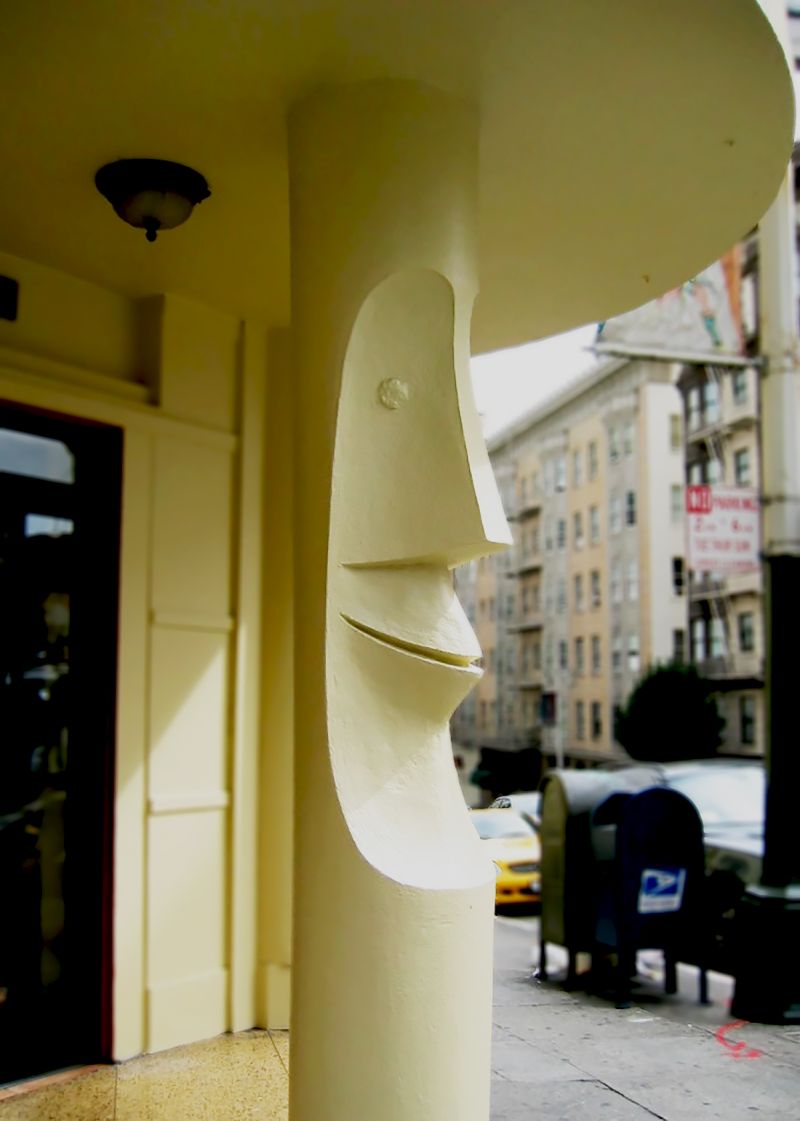 |
Tiki popularizer Sven Kirsten has called the image “part George Jetson, part modern primitive.” Bryant put the image on mugs used for his exotic drinks. This, fans say, was the first ever use of a tiki face on a tiki bar mug.
“There were tiki mugs before Bob, but they didn’t have a tiki on them,” Harvey says. “Trader Vic’s had hula girls and more tropical scenes.”
People loved it. “The whimsical Tiki Bob mascot was so wildly popular that the image was picked up [and used] by other establishments across the country,” says Heather David, the Bay Area author and preservationist. Today, you can find the image anywhere tiki fans gather, and the image is still used on all sorts of paraphernalia.
Yet, in his own home, Tiki Bob was not celebrated. Indeed, Tiki Bob had turned a solid shade of green.
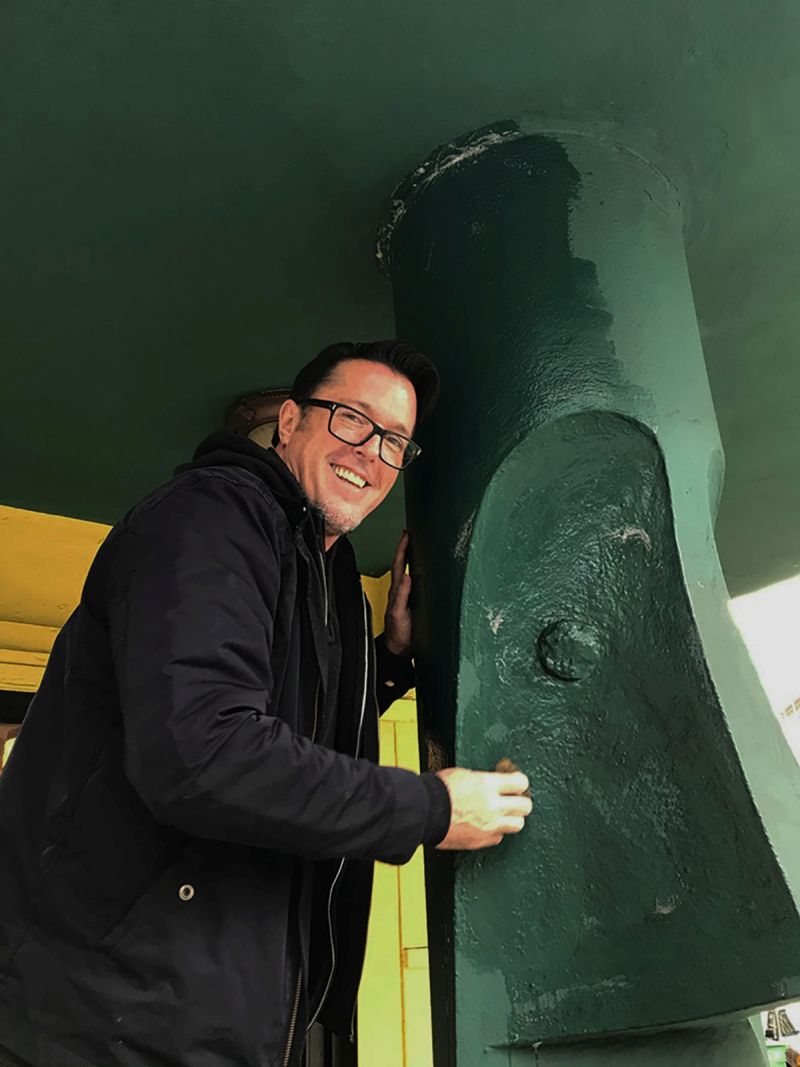 |
Heather David decided that could no longer be. She worked with author and restaurateur Martin Cate, who owns a modern day tiki-influenced establishment in the city, and with Donald Harvey.
Harvey had by this time become a well-known artist and a serious tiki fan, doing his own art and painting murals for homes and businesses, these days for a South of Market firm, Willem Racké Studio. He was in town designing for Racké and restoring a mural, the Laughing Gorilla in the Castro, that had been done by a late friend.
“Heather really spearheaded it,” Harvey says. She convinced the owners of Honey Honey Café, which occupies the former Tiki Bob's site, to permit the repainting.
“I view Tiki Bob as culturally and historically significant,” Heather David says, “not to mention, he was a brilliant advertising mascot.”
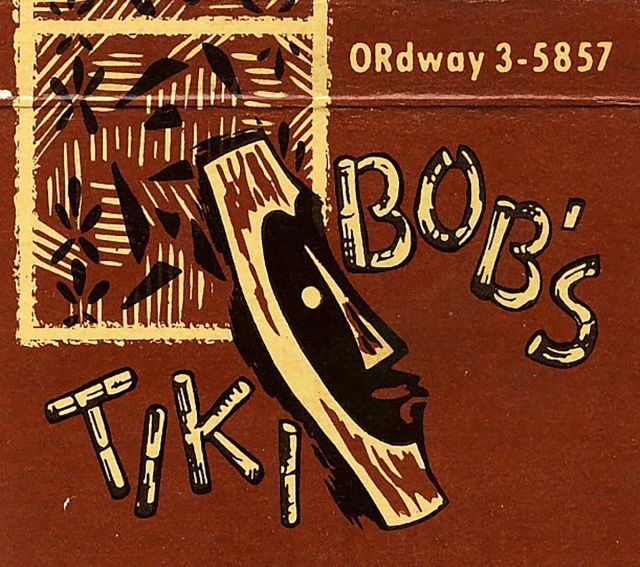 |
It would not cost anything, Heather told the café owners, Abed Rashdan and Hinda Alfayez. “I said I would do it for free,” Harvey says. He adds of Honey Honey, “Their food is really good.”
“Like all true fans, I wanted it to be restored to its original colors,” Harvey says, adding: “A lot of people didn’t even know it was there before we painted it. It was one color, and it kind of blended in.”
The tiki restorers wanted the color to be accurate. Fortunately, there was one dent in the tiki post – allowing Harvey a glimpse of the original shade of brown. It took all of a week to repaint Bob, because rain hampered the work. The job finished in mid-December 2019.
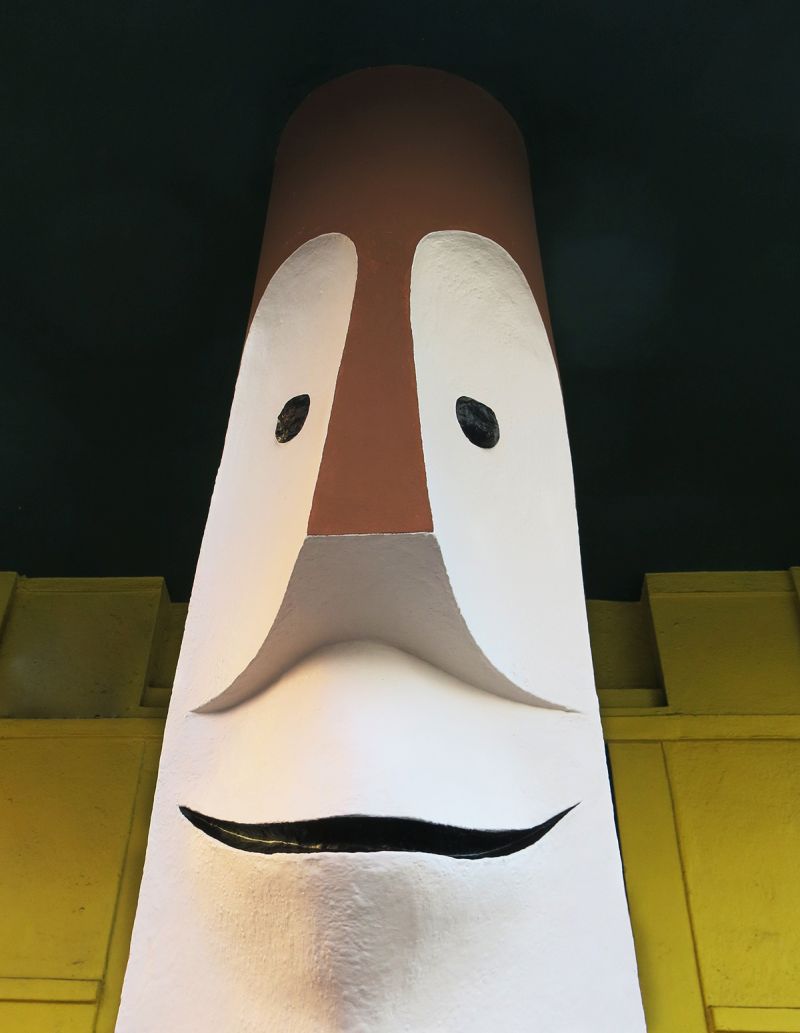 |
Harvey’s close friend Rob Miller, a retired designer, was with him all the time as assistant.
“You had to be careful,” Harvey says. “You didn’t want the colors to bleed. You didn’t want the eye running down the side of the face like mascara. I used a blow dryer.”
“As soon as we painted the eyes in,” he says, “it came to life.”
“It should be a landmark, like the Doggie Diner head out by the zoo,” Harvey says. “It’s such a San Francisco landmark. I’m glad it’s being celebrated. I see all the tiki fans making pilgrimages there and having their photos taken.”
- ‹ previous
- 245 of 677
- next ›



